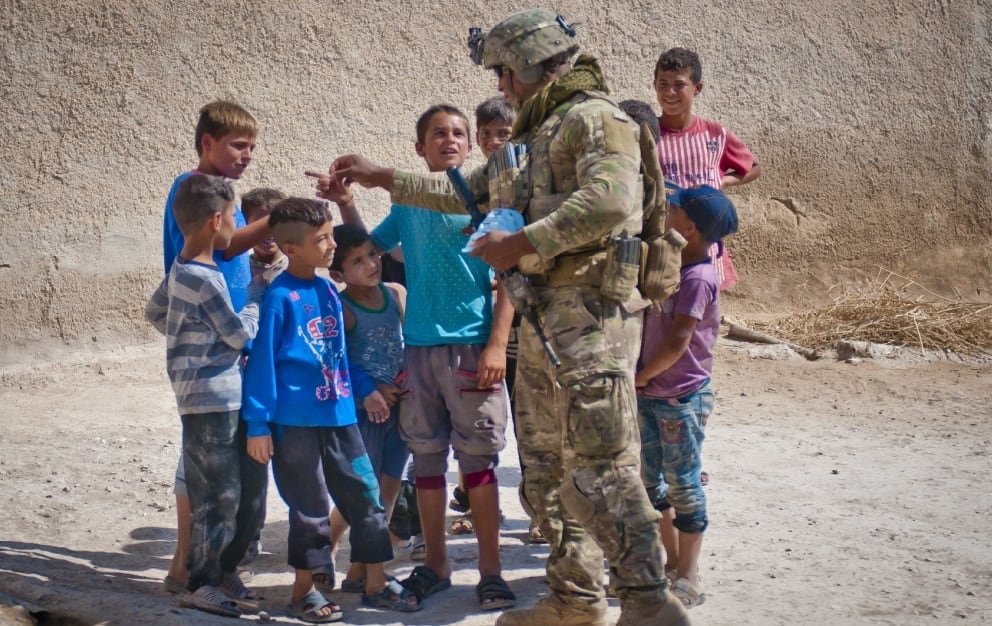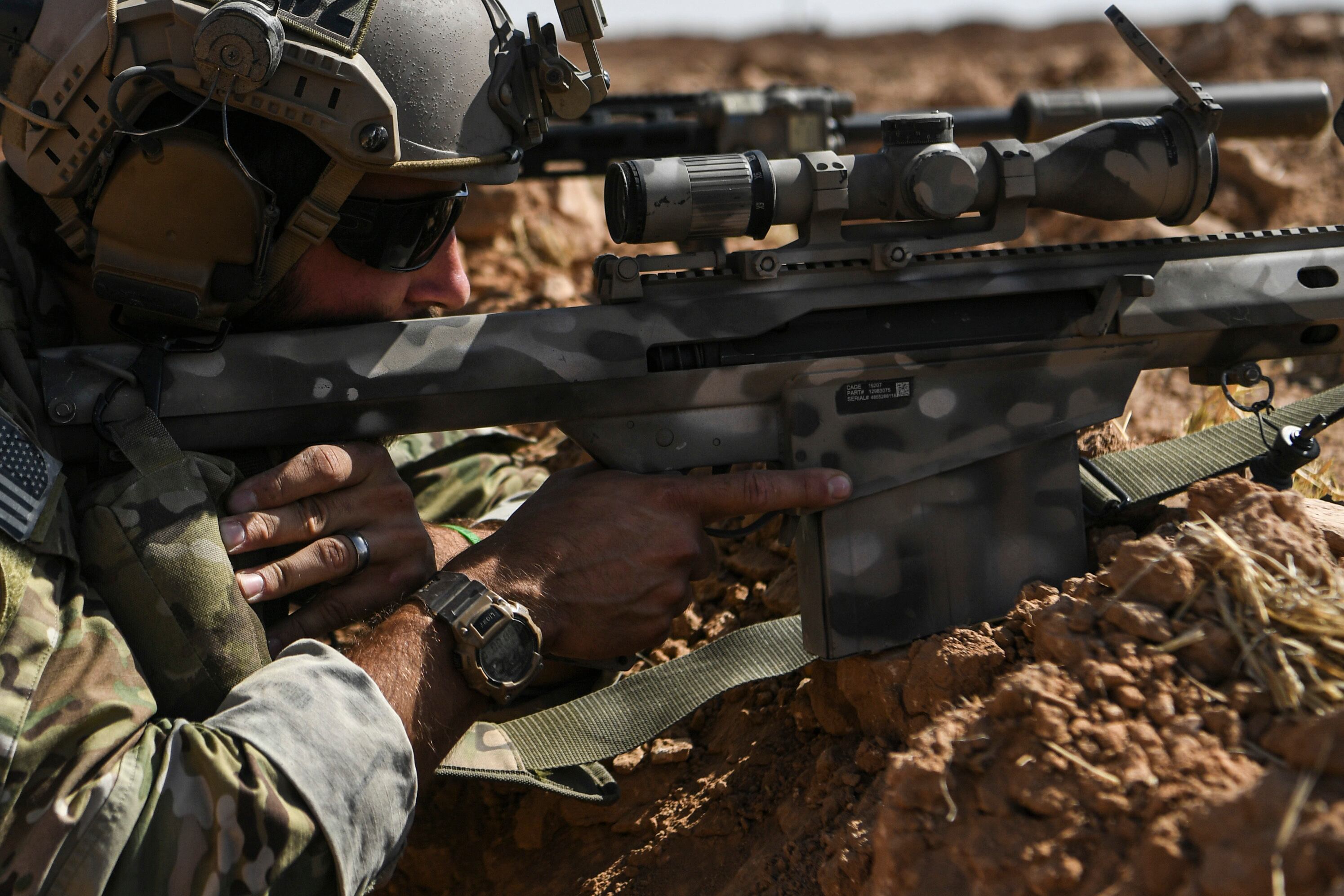Soldiers with the 82nd Airborne Division, the Indiana National Guard and troops recently returning from Iraq and Syria share a common feature in the future focus of the Army and defense department: Rapidly increased and changing training to create ready and lethal units.
That was the focus of the “Ready and Lethal" panel discussion at the Association of the United States Army’s annual meeting.
From the 82nd Global Response Force mission to a recent Pacific deployment of Indiana National Guard soldiers to ongoing work with Operation Inherent Resolve in Iraq and Syria, leaders from each noted how an increased focus in low- and mid-level unit training, from the squad to the brigade, is a critical step in preparing units to face an improved adversary.
RELATED

Some of that is being kickstarted through initiatives by the DoD’s Close Combat Lethality Task Force. Director Joe L’Etoile told the audience that the lack of concentrated focus on science and technology research towards better lethality is now being evaluated.
The task force managed early on to find ways to add $2.5 billion in funding toward lethality efforts, some of that toward a new individual weapon system, better night vision and fire controls. And it has recently identified another $1 billion in budget reprogramming, a portion of which will go toward work on an Individual Visual Augmentation System that will be used both in training and combat.
As those efforts mature, forces now are being prepared more in an expeditionary manner and ready to be reconfigured in ways that leaders were reluctant to do in recent years.
Maj. Gen. James Mingus, commander of the 82nd Airborne Division, said that over the past 17 years the Army has become very brigade combat team-centric.
“But if you think about Multi-Domain Operations, future threats, if we don’t have the ability to do that based on the threat, to find the seams and gaps to take advantage of, we’re going to fall short,” Mingus said.
Some of that’s happening now, for instance in the OIR space.
Lt. Gen. Paul Funk III, commander of III Corps and recent commander of the OIR operations, reworked how he was integrating intelligence operations into the force, while also balancing active duty Marine forces alongside Army National Guard missile units in battlefield operations.
The readiness piece is not lost on the Guard and Reserve forces, either. The adjutant general of the Indiana Army National Guard, Maj. Gen. Courtney Carr, said that the recent increase in combat training center rotations has offered large-scale training for his units.
But that comes at a cost, and there are trade offs, he said.
With limited training time for the part-time soldiers, commanders may have to prioritize certain unit training over others, while keeping a focus on individual training.
All this training and re-configuring also might help deter that adversary, but the balance is tricky.
Another panelist, Catherine Dale, director of the RAND Corporation’s Center for Russia and Eurasia, pointed out that while the increased readiness and lethality is good for Army forces and their partners, it raises additional questions.
Pointing to Europe, she said putting additional soldiers in eastern Europe but without the necessary enablers and sensors, along with struggling to move units around the region, means Russia looks over and “shrugs its shoulders” while noticing vulnerabilities and opportunities.
There are also concerns about sending the wrong message either to allies or adversaries that this preparedness is leading to inevitable war, she said.
That must be countered with a uniform strategic message that we’re not looking for a fight and are open to constructive collaboration, she said.
Todd South has written about crime, courts, government and the military for multiple publications since 2004 and was named a 2014 Pulitzer finalist for a co-written project on witness intimidation. Todd is a Marine veteran of the Iraq War.
